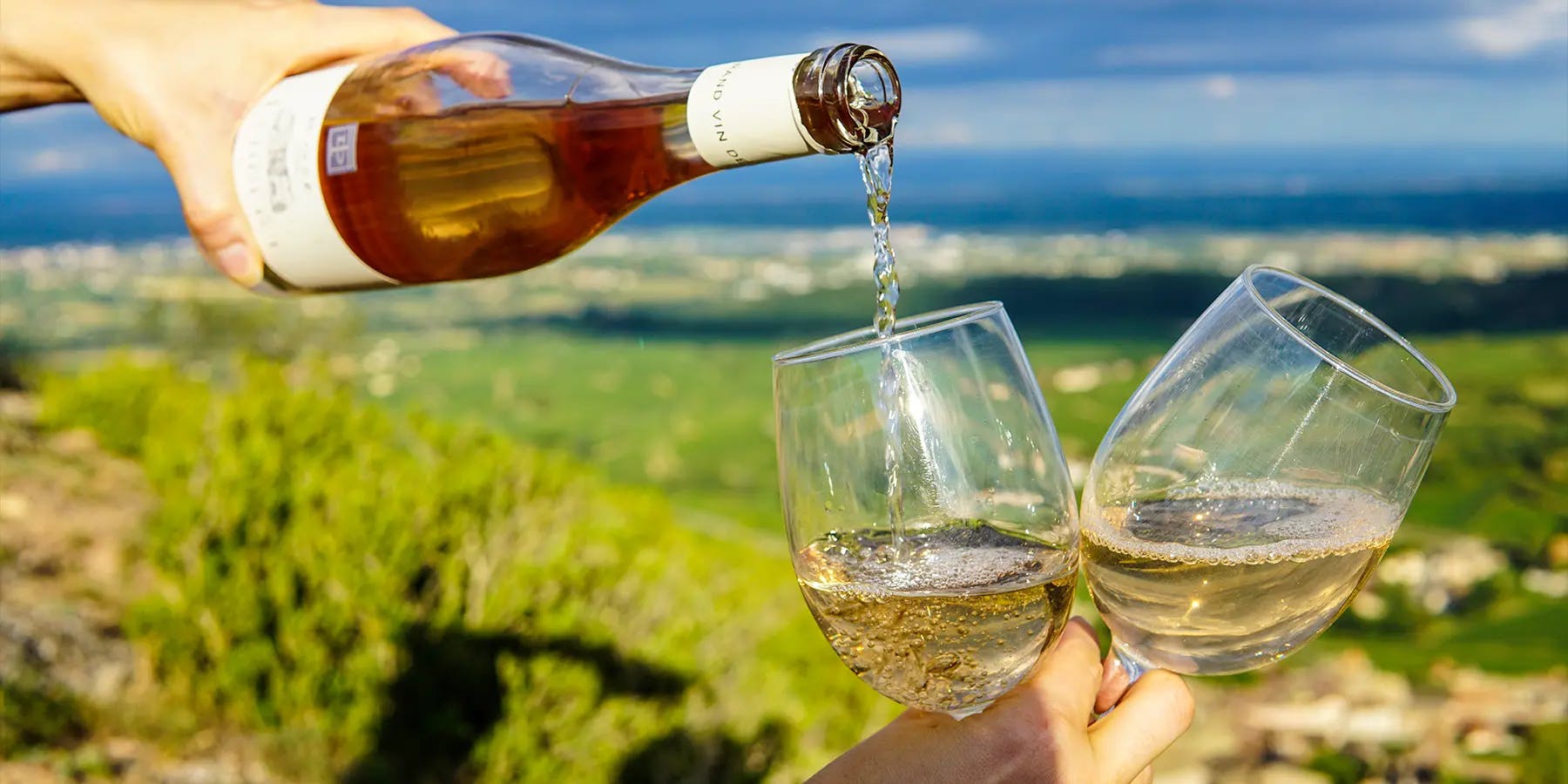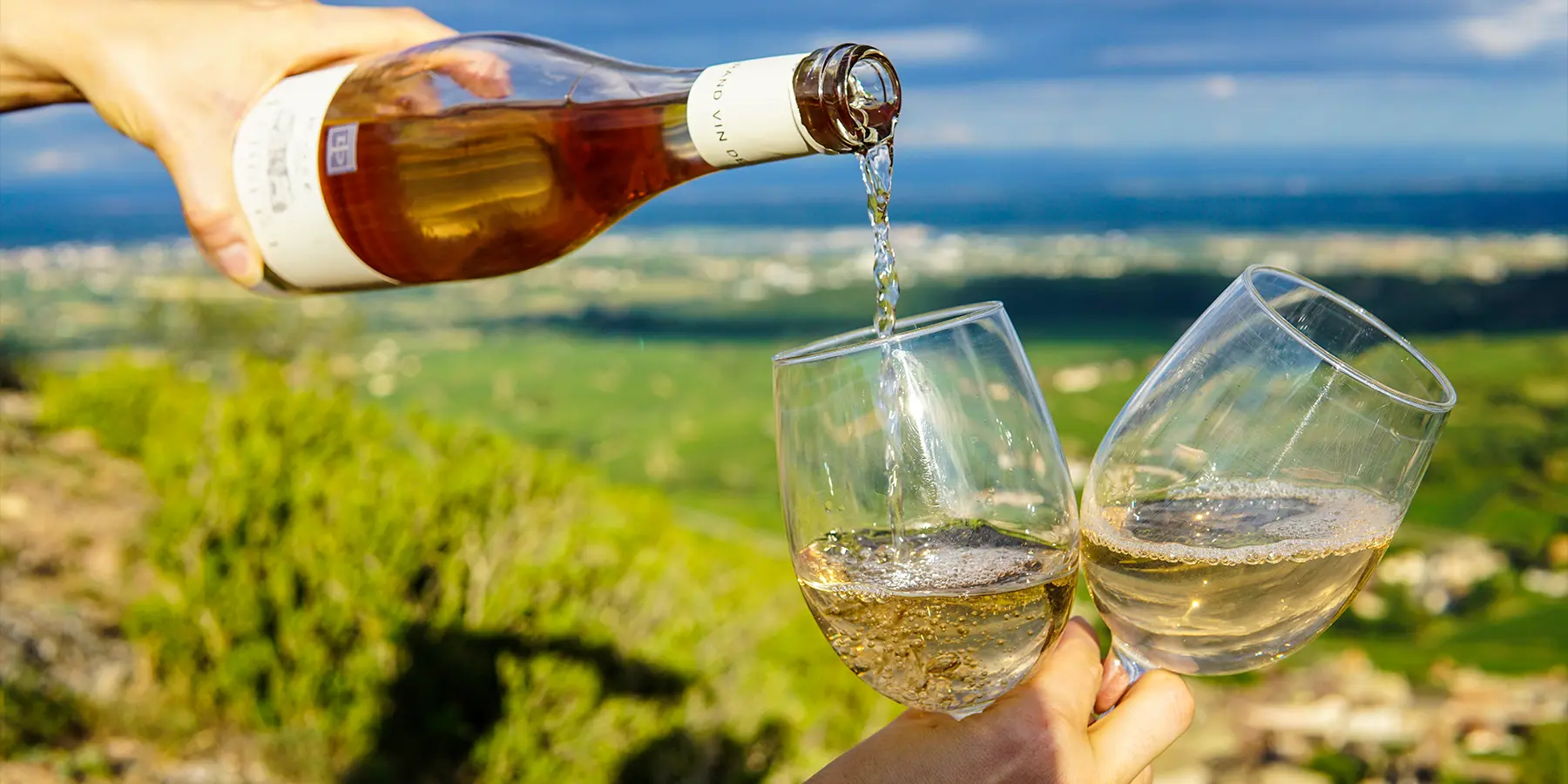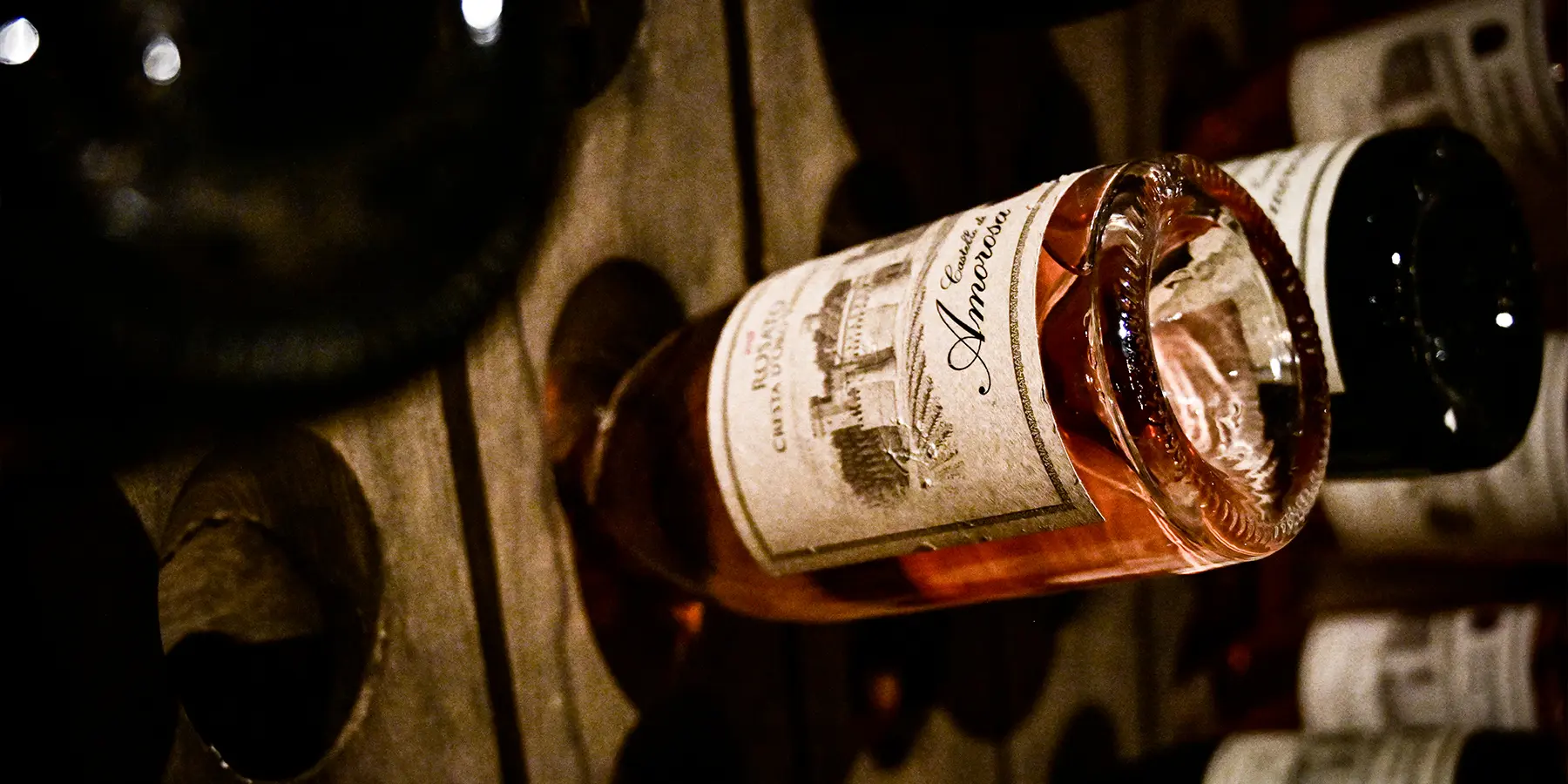- Wine world
Rosé wine : a blend of red and white wine ?
- Mon, Jul 31, 2023 at 17:45

Direct pressing method
Direct pressing is one of the most common techniques used to produce rosé wine. This technique is also used to make white wines: the only difference is the color of the grapes. Red grapes are pressed as soon as they arrive at the winery. The skins will then slightly color the juice, but care must be taken not to extract too much tannin. This process results in a light pink color and aromatic finesse.

Bleeding / maceration method
The bleeding method, also known as maceration, is a traditional technique used to produce rosé wines with more intense color and flavor. This older, more common method involves placing the grapes with their skins in a maceration tank for 12 to 48 hours. The length of maceration depends on the degree of color and tannin the winemaker wishes to extract from the skins. Part of the juice is then drawn from the bottom of the vat by the winemaker, hence the name saignée, and vinified separately. The rest of the harvest is left in the original vat to produce red wine. By leaving the juice with the skin for just a few hours, or more precisely, with the pigments naturally present in the fruit, the juice is given a pinkish hue. So, the intensity of a rosé wine's color depends on the contact time between skin and juice.
Blending: mixing white and red wines
And yes, you read that right, it's no joke. Another method used to produce rosé wine is to blend white wine with red wine. This technique gives producers greater flexibility to create rosé wines with specific characteristics by adjusting the proportions of each wine. For this method, very little red wine is needed to color the white juice pink. Typically, the amount of red wine added is around 5%. But don't panic: in France and many other parts of Europe, this method is prohibited. However, the practice is widespread in countries such as South Africa and Australia, and accounts for almost 15% of rosés produced worldwide. So beware: blended wines are often of poor quality.

Rosé champagne
Champagne rosé is a sparkling wine prized for its delicacy and elegance. Champagne is the only exception authorized by law to blend a proportion of red wine with white juice. Commonly, it's a blend of grape varieties of different colors: chardonnay and pinot noir.
So whether you're a fan of direct pressing rosés, saignée rosés, blended wines or rosé champagne: each method brings its own complexity and uniqueness to rosé wines. So, the next time you enjoy a glass of rosé wine, you'll appreciate all the hard work and expertise that goes into every sip.
